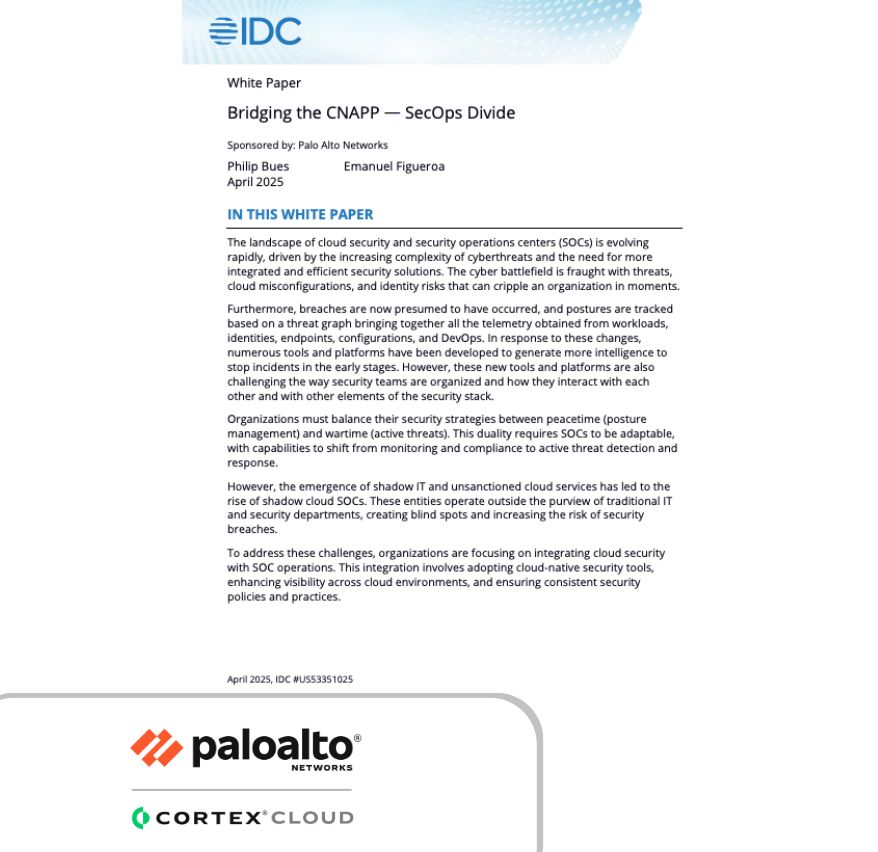
Bridging the CNAPP — SecOps Divide

The landscape of cloud security and security operations centers (SOCs) is evolving rapidly, driven by the increasing complexity of cyberthreats and the need for more integrated and efficient security solutions. The cyber battlefield is fraught with threats, cloud misconfigurations, and identity risks that can cripple an organization in moments.
Furthermore, breaches are now presumed to have occurred, and postures are tracked based on a threat graph bringing together all the telemetry obtained from workloads, identities, endpoints, configurations, and DevOps. In response to these changes, numerous tools and platforms have been developed to generate more intelligence to stop incidents in the early stages. However, these new tools and platforms are also challenging the way security teams are organized and how they interact with each other and with other elements of the security stack.
Organizations must balance their security strategies between peacetime (posture management) and wartime (active threats). This duality requires SOCs to be adaptable, with capabilities to shift from monitoring and compliance to active threat detection and response.
However, the emergence of shadow IT and unsanctioned cloud services has led to the rise of shadow cloud SOCs. These entities operate outside the purview of traditional IT and security departments, creating blind spots and increasing the risk of security breaches.
To address these challenges, organizations are focusing on integrating cloud security with SOC operations. This integration involves adopting cloud-native security tools, enhancing visibility across cloud environments, and ensuring consistent security policies and practices.

